Upside-down gardening: November in Central Otago
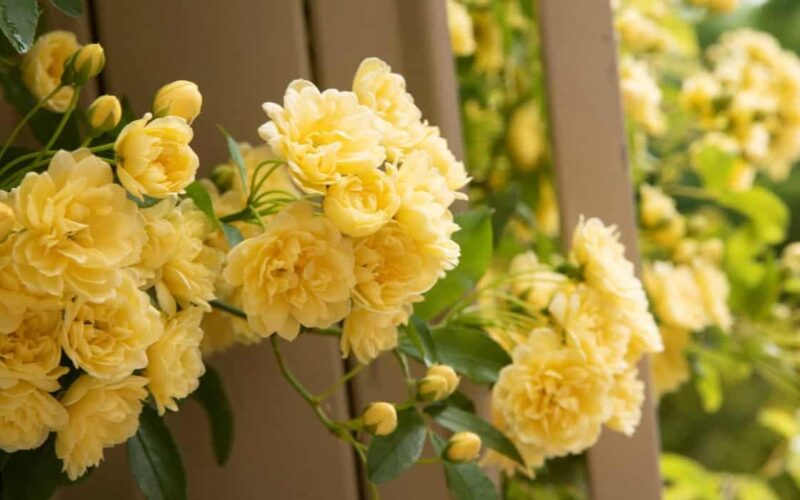
Late Spring
All of a sudden, protecting plants from the cold has stopped being the priority. Now, the priority is irrigation and protecting shade-lovers from the burning sun. If you have not done so already, you should set the timers on your irrigation. Ideally, you should water early in the morning, before the sun rises.
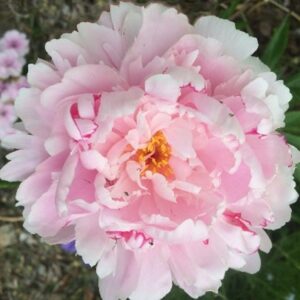
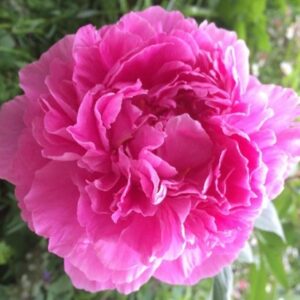

Voluptuous paeonies
Central Otago is well-known for its paeonies. They need a good cold winter to develop their flowers and they thrive here with very little attention. Further north, the milder winters do not suit them at all. If they don’t flower here, one of the commonest reasons is that they have been planted too deep. Herbaceous paeonies grow from tubers and it is easy to lift and divide them. Ideally, you should wait until autumn to move them, but they are so tough, you can get away with moving them anytime. Tree paeonies are even more beautiful and flower earlier in the season.
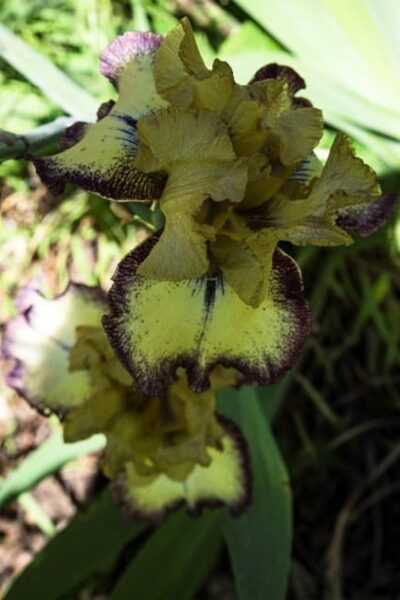


Rainbow-hued bearded irises
Bearded irises grow well in our sunny, free-draining soils too and many of the tall, chest-high varieties that have sadly become unfashionable elsewhere can be seen here. They are named for Iris, the goddess of the rainbow, because you can find them in every colour imaginable. They need to be planted so that their rhizomes are visible on top of the soil. Use your Gardenize app to note what colour you have and in what position, so that when they have flowered, you can split them up and check that that you have the right colour in the right place. You can photograph the bed they are in and use Gardenize’s draw on photo feature to help you. It is best to split them about every three years so that they continue to flower freely.
Pruning
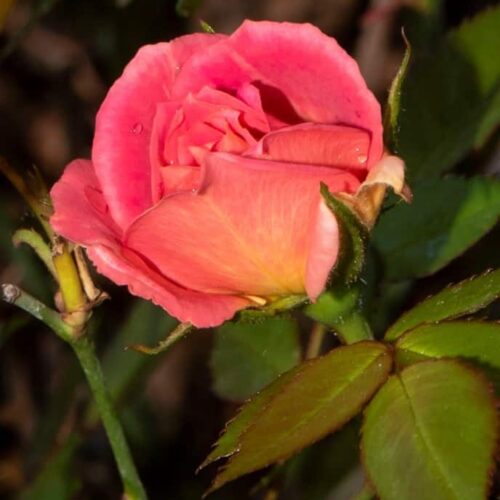
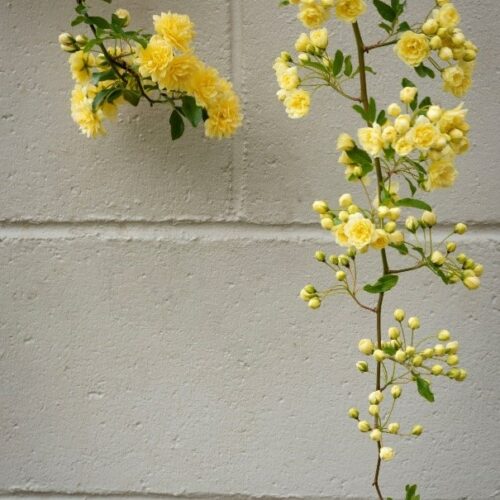
Romantic roses
Keep deadheading roses, taking a generous amount of stem as well. This helps to keep the bush tidy and productive through the season. We have a yellow Banksia rose trained along our balcony rail. We particularly like it because it is thornless. During November, it develops long, flexible wands of new growth while it is still flowering, and we like to remove those wands so that they don’t hide the flowers. Once it has finished flowering, we prune it back hard to its framework on the rail. We often have to do this again later in the season. We try to time this second hard pruning to just before the plant stops growing for winter.
Good old photinia
These can be seen all over the South Island, usually as hedging plants, but sometimes shaped like a specimen tree. They are tough and easy to grow. Take off the attractive red new growth whenever you like to use in flower arrangements, but prune the whole plant to shape once the flowers are finished.

Mock orange (Philadelphus)
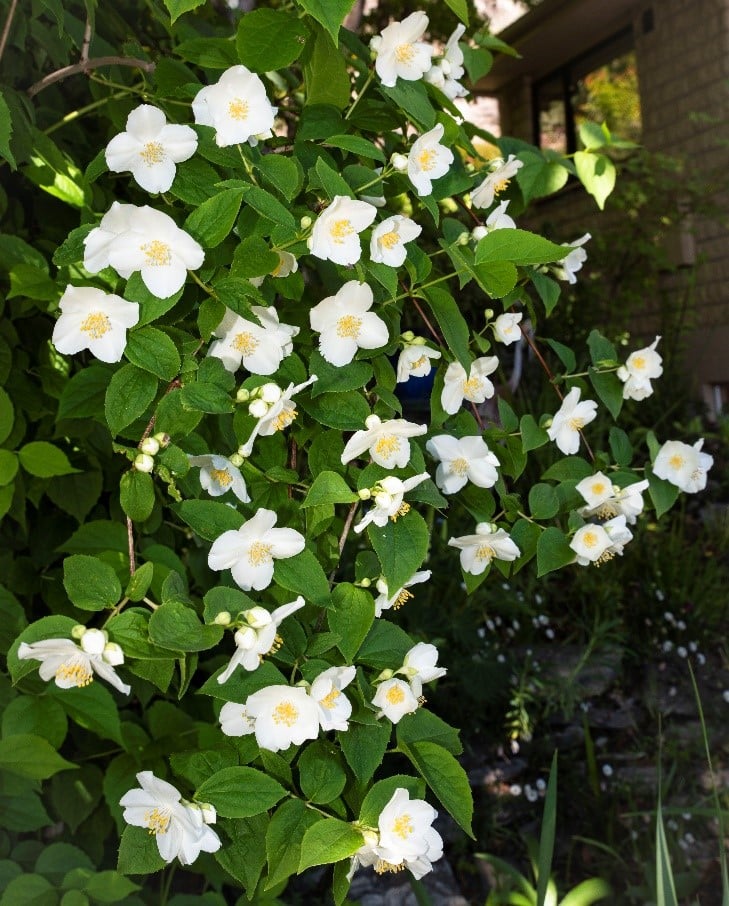
These are a particular favourite of mine because, in the UK, they flower around my daughter’s birthday. Their name comes from their fragrance, which is like a gentler version of orange blossom. When they have finished flowering, take out a third or more of the canes at ground level, reduce the height and then shape the whole bush. Without pruning, you will have fewer flowers and they will be too high to enjoy, so don’t be afraid to prune them back hard. Kolkwitzia or beauty bush should be treated the same way. When I came to live here, the back garden was choked with self-seeded kolkwitzias from an old, congested shrub that was past reshaping. I removed it and most of its offspring. Prune other spring-flowering ornamental shrubs after they have flowered to maintain a neat, bushy shape.
The vegetable garden
Tomatoes
You should prick out your seedlings into individual, deep pots as soon as they have two true leaves. If you have time, put the pots outside during the day and bring them back indoors at night, so that they harden off. Keep watching the weather forecast, and when you see consistent forecasted temperatures of 6 degrees or above, you can plant them into the soil in the vegetable bed, with suitable supports. I like to plant mine around a compost bin, supported by netting and sticks. The black plastic bin absorbs the heat of the sun and the microbial activity inside it also keeps the tomatoes warm and well-fed.
Planting out seedlings
When it is warm enough for tomatoes, it will also be warm enough for basil, chillies, aubergines and capsicums. Basil is a good companion plant for these, as well as complementing them in your cooking. It does not like root disturbance though, so water it extra well when you transplant it and keep pinching it out for cooking, so that it stays nice and bushy and does not become too big for its roots to support.
Keep sowing seeds
If you keep sowing a few seeds indoors, as soon as there is space in the garden, you can put them out. November is the time to sow beans, beetroot, broccoli, coriander, cucumber, marrow, parsley, parsnip, pumpkins, summer savory (to cook with beans to make them easier to digest) and sunflowers. You can sow mint now, too, but it makes more sense to beg a mint root from a neighbour and plant it in a large pot. Do not plant it in the garden unless you are prepared to have it take over!
Potatoes and yams
Plant seed potatoes. I like to plant them in planting bags in my modest-sized garden. New Zealand yams (also called oka/oca) are not what Europeans and Africans are used to calling yams. They originate in the Andes and are from the oxalis family: oxalis tuberosa. They produce thumb-sized tubers that are deliciously roasted or barbecued. They have a slightly lemony flavour that goes brilliantly with chicken or pork. Begin harvesting them after the first hard frost.
About the writer
My name’s Pamela and a few years ago, at the age of 55, I made the decision to start a new adventure. I left the northwest of England, where I had lived all my life, and moved to New Zealand. I’m excited to be a guest blogger on Gardenize, and I love writing about my garden in beautiful, sunny Alexandra in Central Otago. My garden here is about as different as it could get from the damp, shady garden I left behind. Central Otago is the hottest, driest, coldest area in New Zealand, as we have hot summers and cold winters, along with a semi-arid climate. The area is famous for its orchards and vineyards. It has many quaint little rural townships with pretty cottage gardens featuring peonies, bearded irises, hollyhocks, lilies, roses, and lavender that grow so well here. The landscape is spectacular, with dry, rocky mountains and impossibly blue lakes and rivers. The dry mountains look barren, but they’ve actually covered in tough little thyme plants: a great clue to what might grow well in the garden.

GARDENIZE GARDEN APP
Your garden friend with green fingers and photographic memory.
Gardenize is an app for gardening and cultivation that helps you to overview, understand and develop your garden and your crops. Organizing your garden makes it easier to succeed and your Gardenize app structures all information and make it searchable. You’ll get tips and inspiration from other Gardenizers around the world. All Gardenize basic features are free to use. You can download the app from the App Store or Google Play, or create an account directly in the web app in your browser. Get to know Gardenize better here.
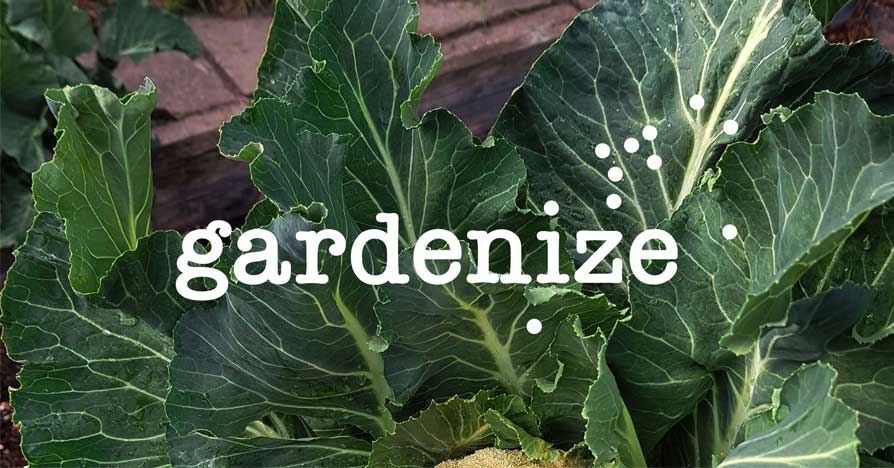
More from Gardenize
Images published on the Gardenize website belong to Gardenize AB and may not be used without permission.


